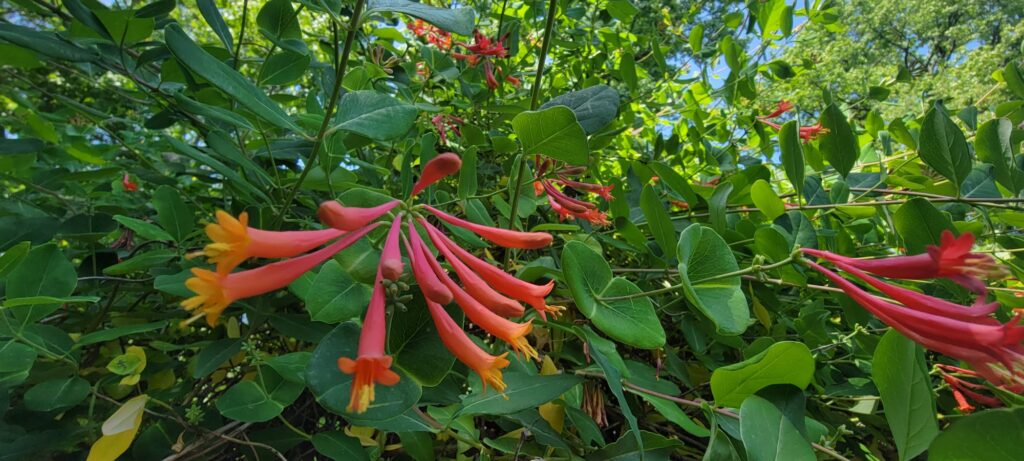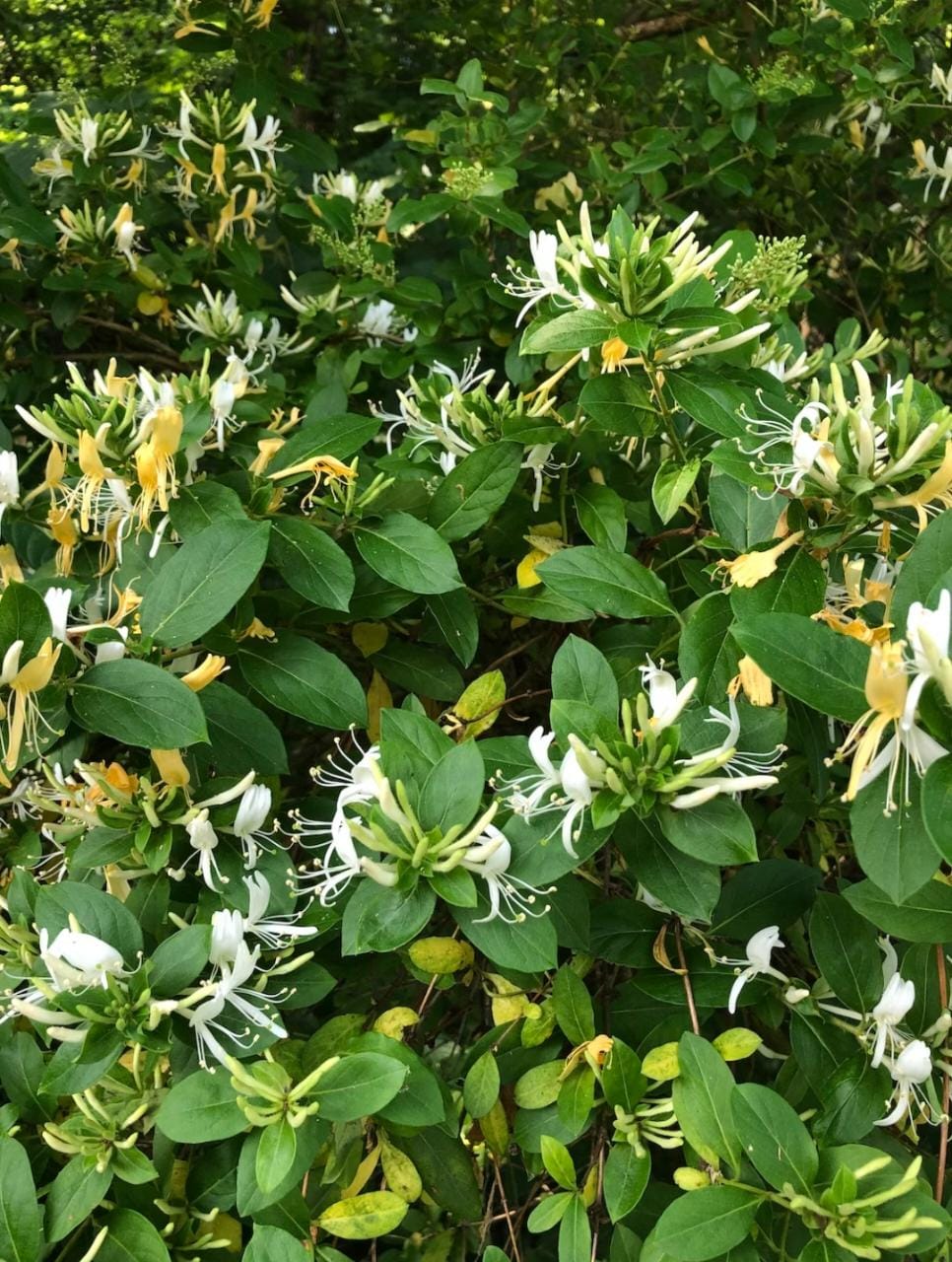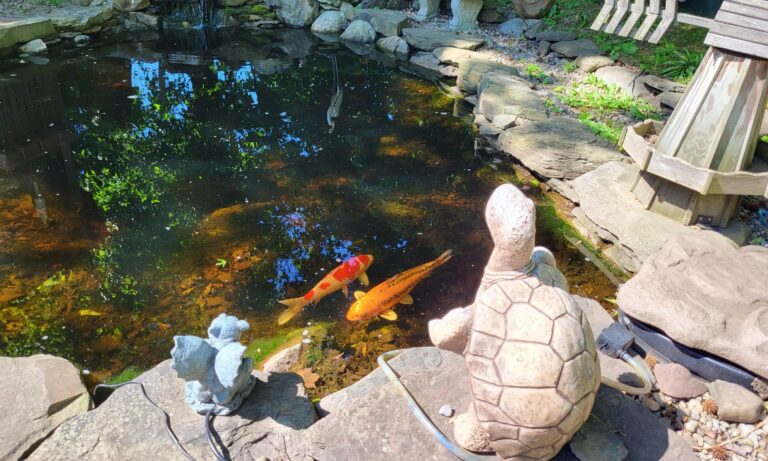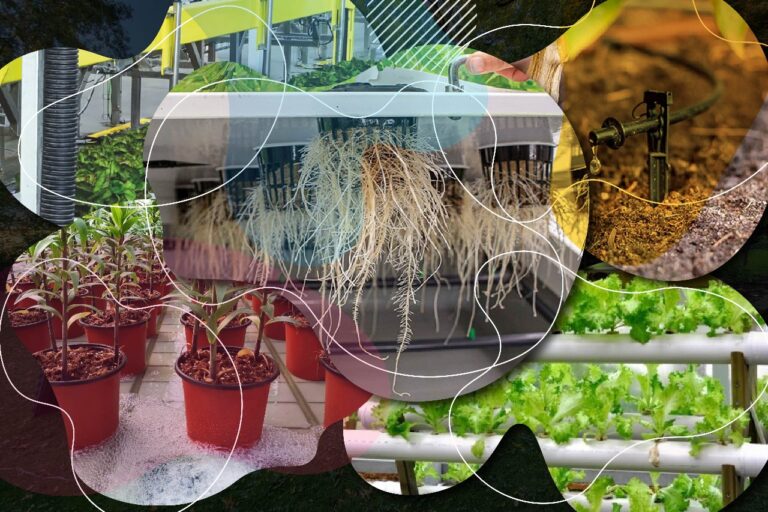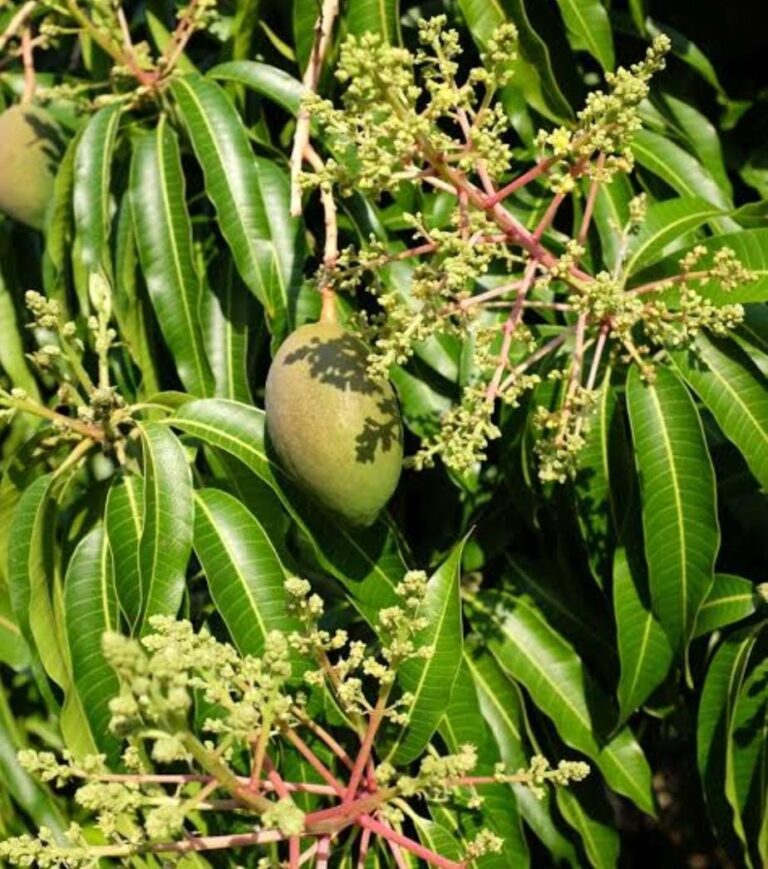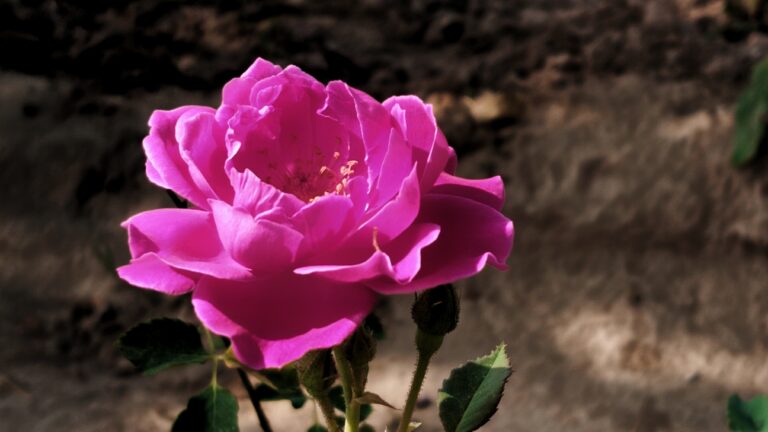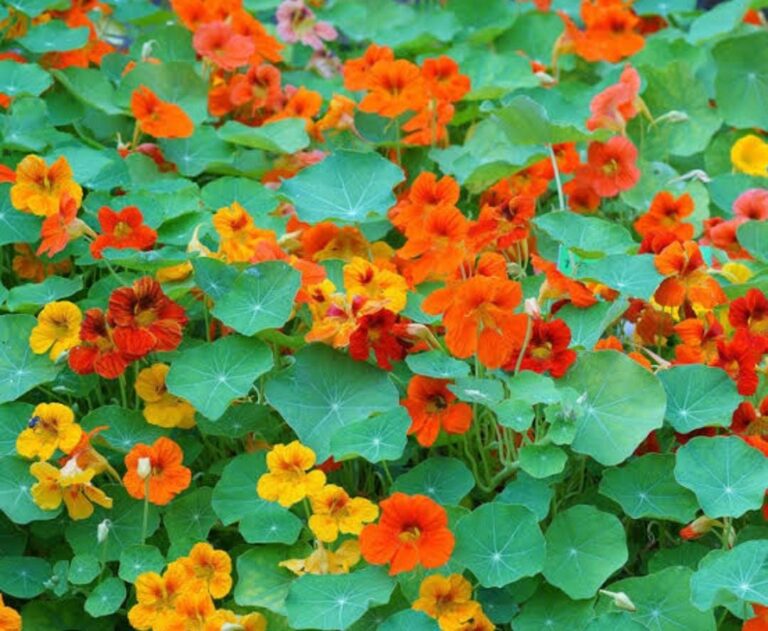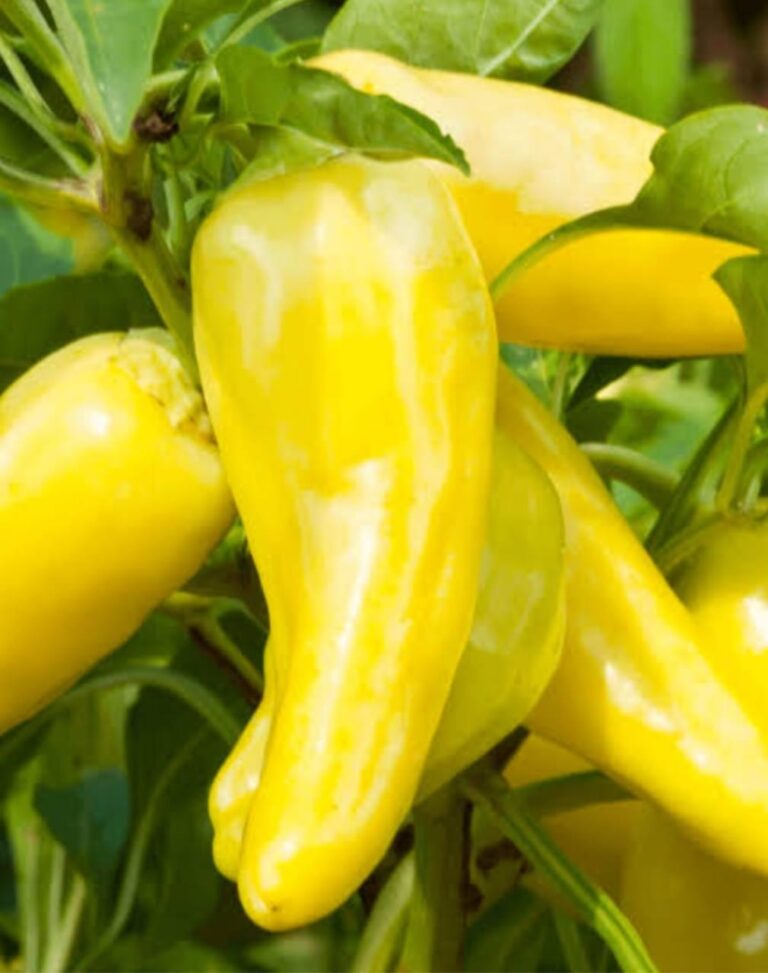Honeysuckles In My Garden
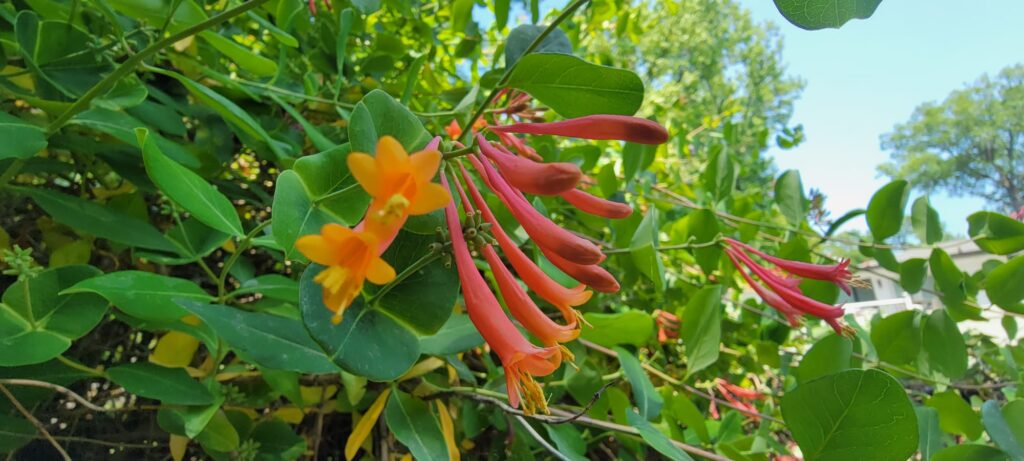
What are Honeysuckles
Honeysuckles are arching shrubs or twining vines, native to northern latitudes in North America, Asia, and Europe. Approximately 180 species of honeysuckle have been identified. It is a flowering plant genus in the Caprifoliaceous family and is well-known for its fragrant and attractive flowers. They grow in a variety of environments such as woodlands, meadows, and gardens.
Honeysuckle flowers are tubular and have a sweet scent that attracts bees, butterflies, and hummingbirds. They usually have five petals that are fused to form a tube-like structure, with stamens and pistils extending beyond the petals. Honeysuckle flowers come in a variety of colors, including white, yellow, pink, orange, and red.
Honeysuckles are well-known for their berries in addition to their beautiful flowers. Some honeysuckle species have red or orange berries that birds and other wildlife enjoy. It is important to note, however, that not all honeysuckle berries are edible, and some species produce toxic berries.
It is because of their ornamental value and ability to attract pollinators, honeysuckles are popular in gardens and landscaping. They can be trained to grow on trellises, fences, or arbores, providing vertical interest and a pleasant fragrance to outdoor spaces. With their vigorous growth and ability to smother native vegetation, some species, such as Japanese honeysuckle (Lonicera japonica), are considered invasive in some areas. If you decide to grow honeysuckles, make sure to select the right species for your climate and provide them with a suitable growing environment. They prefer well-draining soil, plenty of sunlight, and regular watering. Pruning is frequently required to control their growth and shape, and it is typically performed in late winter or early spring.
Honeysuckles are loved for their beautiful flowers, delightful fragrance, and ability to attract pollinators.
Species of Honeysuckles
These beautiful flowers have so many species varying according to the region. Some are mentioned below:
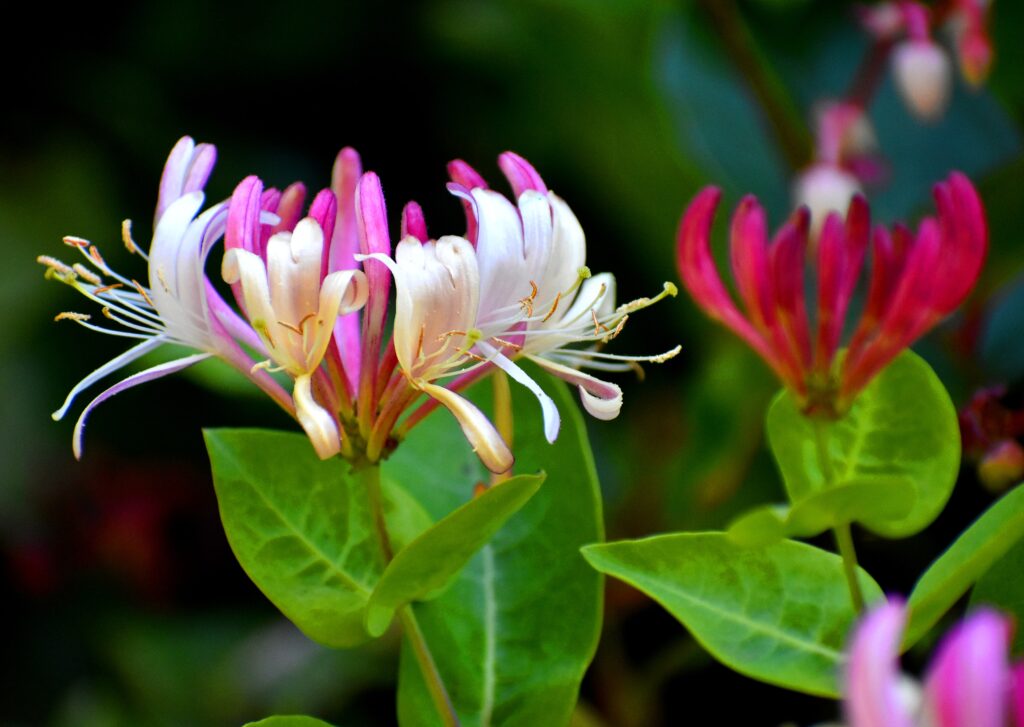
- European Honeysuckle (Lonicera periclymenum) is native to Europe, including the United Kingdom, France, Germany, and Scandinavia.
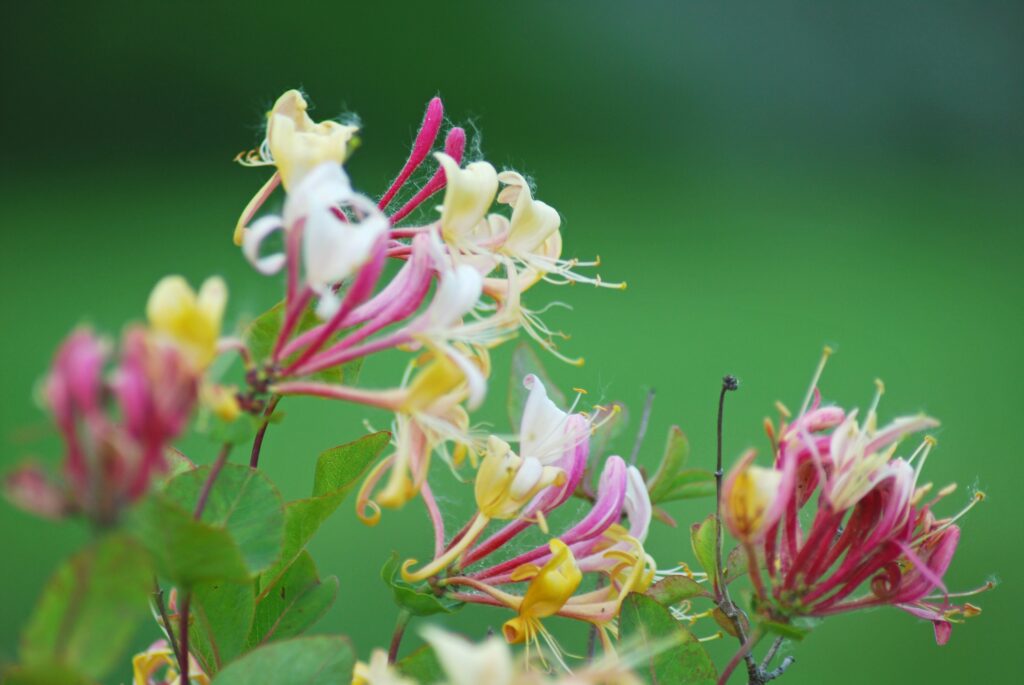
2. Lonicera japonica (Japanese Honeysuckle): Despite its name, Japanese honeysuckle is native to East Asia, specifically Japan, Korea, and China.
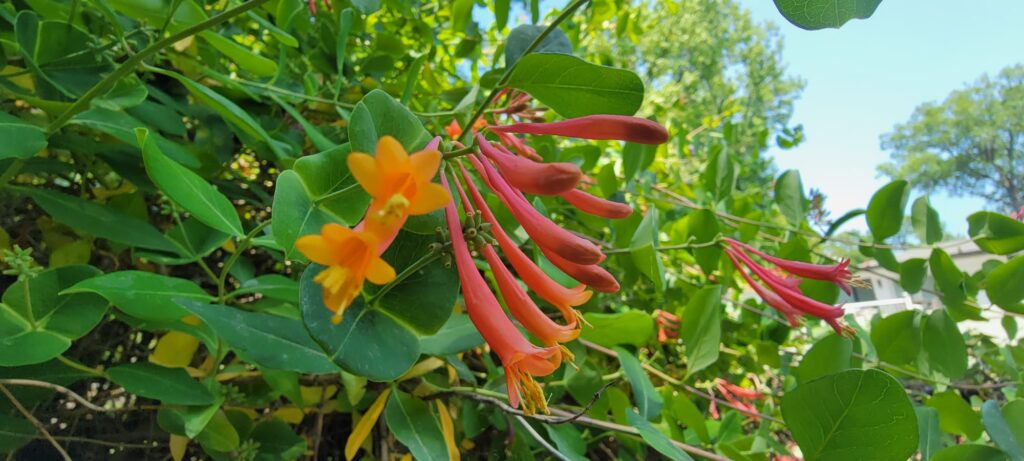
3. Trumpet Honeysuckle (Lonicera sempervirens): The trumpet honeysuckle is native to North America and can be found in a variety of habitats, including the eastern and southeastern United States. I have these in my backyard garden.
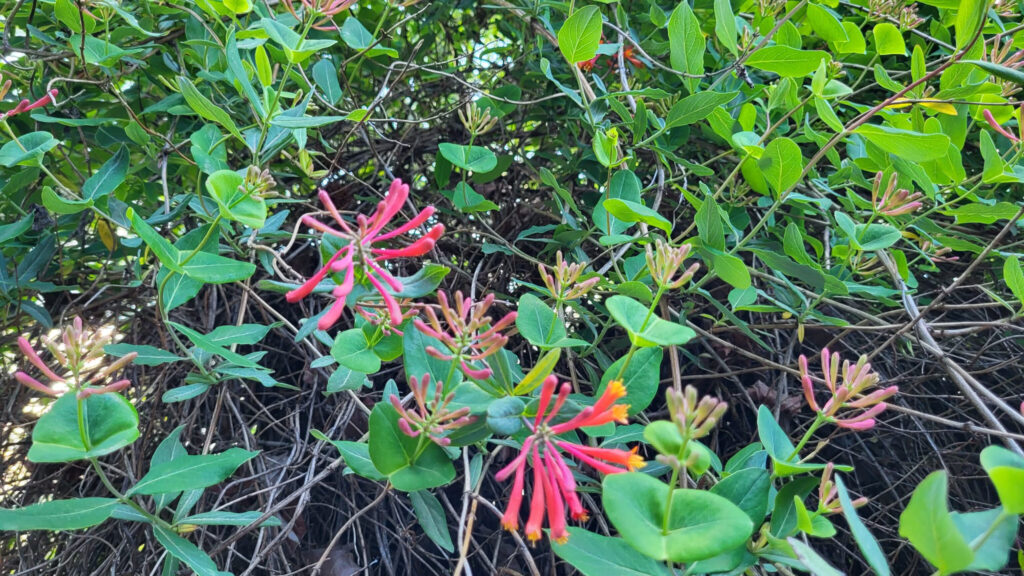
4. Coral Honeysuckle (Lonicera sempervirens): The coral honeysuckle is another native honeysuckle species in North America, primarily found in the southeastern United States.
How to Grow Honeysuckles
Certainly! Here are some tips to help you successfully grow honeysuckles.
1. Choose the appropriate species:
Select a honeysuckle species that is appropriate for your region and climate. Consider temperature, sunlight requirements, and soil conditions when choosing a species to ensure it will thrive in your environment. If you have a question, your local garden center or nursery is always the best place to go and consult.
2. Location of planting:
Honeysuckles prefer full sun to partial shade. Choose a location with well-draining, organically rich soil. Depending on the species, make sure there is enough space for the honeysuckle to climb or spread.
3. Watering:
Water newly planted honeysuckles regularly to help them establish a root system. Honeysuckles can tolerate moderate drought once established, but they benefit from regular watering during dry spells
4. Mulching:
Apply a layer of organic mulch around the base of the plant, such as wood chips or compost. Mulching conserves soil moisture, suppresses weeds, and provides nutrients as it decomposes.
5. Pruning:
Honeysuckles should be pruned once a year in late winter or early spring to keep their shape and promote healthy growth. While pruning remove any dead, damaged, or diseased branches to improve air circulation and thin out dense growth. Provide a sturdy support structure for climbing honeysuckles, such as a trellis, arbor, or fence. Check that the support is tall and strong enough to support the vine’s growth.
6. Fertilizing:
Honeysuckles generally do not require heavy fertilization. However, you can apply a balanced, slow-release fertilizer in spring to provide additional nutrients. Follow the package instructions for application rates.
7. Pests and diseases:
Honeysuckles can occasionally be susceptible to pests and diseases such as aphids, powdery mildew, and leaf spot. Monitor your plants regularly and take appropriate action if any issues arise, such as using insecticidal soap for aphids or fungicides for fungal diseases.
8. Propagation:
Honeysuckles can be propagated through seeds, cuttings, or layering. Consider these methods if you want to expand your honeysuckle collection or share plants with others.
9. Consultation of local gardening resources:
Remember to always consult local gardening resources or experts for specific advice tailored to your region and the particular species of honeysuckle you are growing. Happy gardening!
Health Benefits of Honeysuckle
Honeysuckles may provide several health benefits, owing to their various compounds and traditional medicinal uses. While honeysuckles have a long history of traditional use, scientific research on their health benefits is limited, and more research is required to validate these claims. Here are some of the possible health benefits of honeysuckle:
- They contain anti-inflammatory compounds such as flavonoids and saponins, which have been shown in preliminary studies. These properties may aid in the reduction of inflammation in the body and may provide relief from inflammatory conditions
- Honeysuckles contain antioxidants, such as phenolic compounds, which aid in the fight against oxidative stress and the neutralization of free radicals. Antioxidants are essential in protecting cells from oxidative stress, which is linked to a variety of chronic diseases
- They have been used in traditional medicine for their potential benefits in supporting respiratory health. They are thought to have expectorant and antitussive properties, making them beneficial for coughs, colds, and other respiratory symptoms
- Certain honeysuckle compounds, such as saponins and essential oils, have antimicrobial activity against bacteria and fungi. This suggests that honeysuckles could be used as a natural antimicrobial agent
- Their extracts and essential oils are frequently used in skin care products due to their anti-inflammatory and antioxidant properties. They may relieve irritated skin, reduce redness, and have mild anti-aging properties
- Honeysuckles have been used for centuries in traditional Chinese medicine to treat a variety of ailments, including fever, sore throat, skin infections, and digestive problems. However, before using honeysuckle for medicinal purposes, consult with a qualified healthcare professional.
Precautionary Note
While honeysuckles may have health benefits, they should not be used as a substitute for proper medical treatment or advice. Before using honeysuckles or any herbal remedies, always consult with a healthcare professional if you have any specific health concerns.
